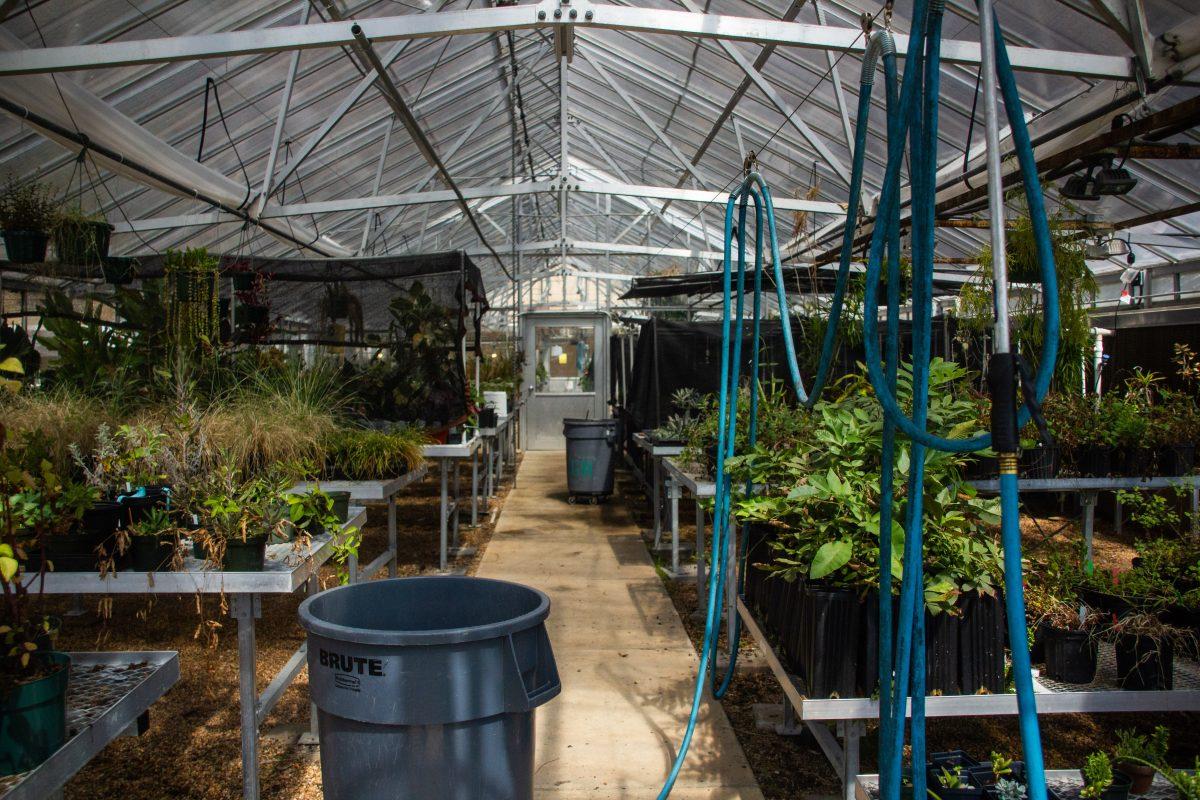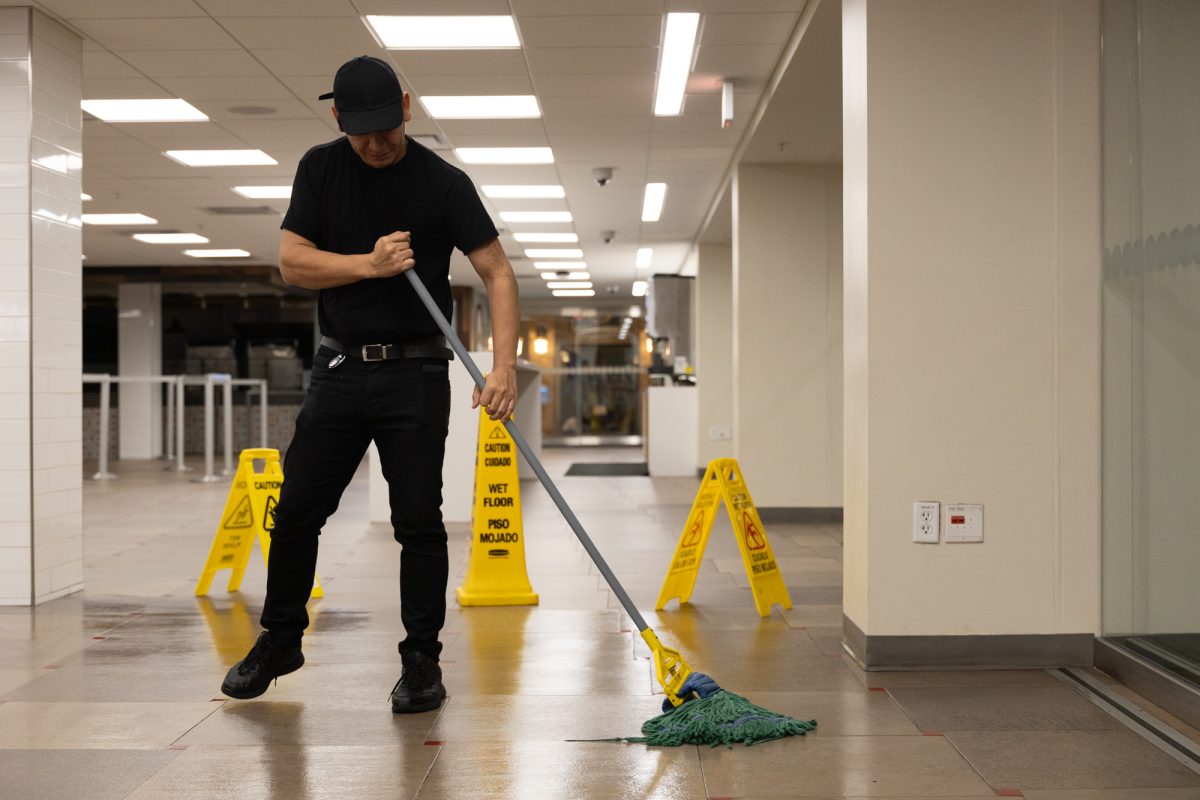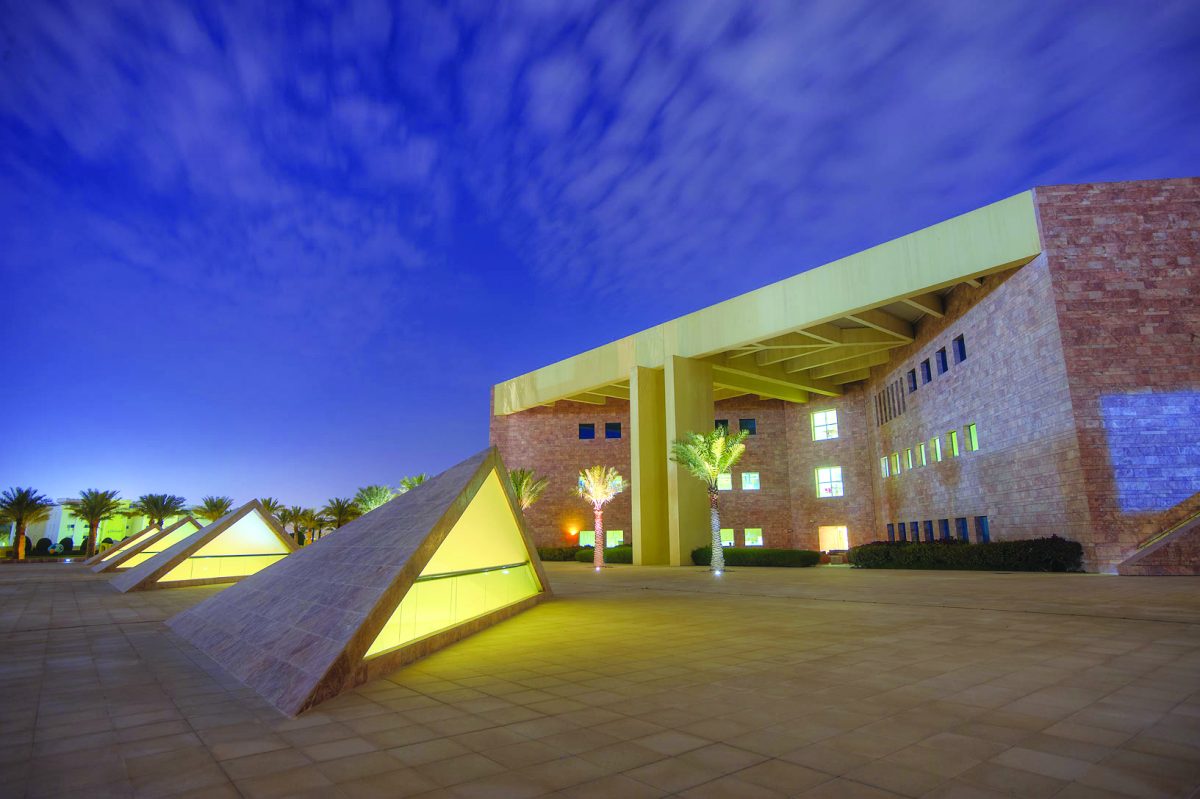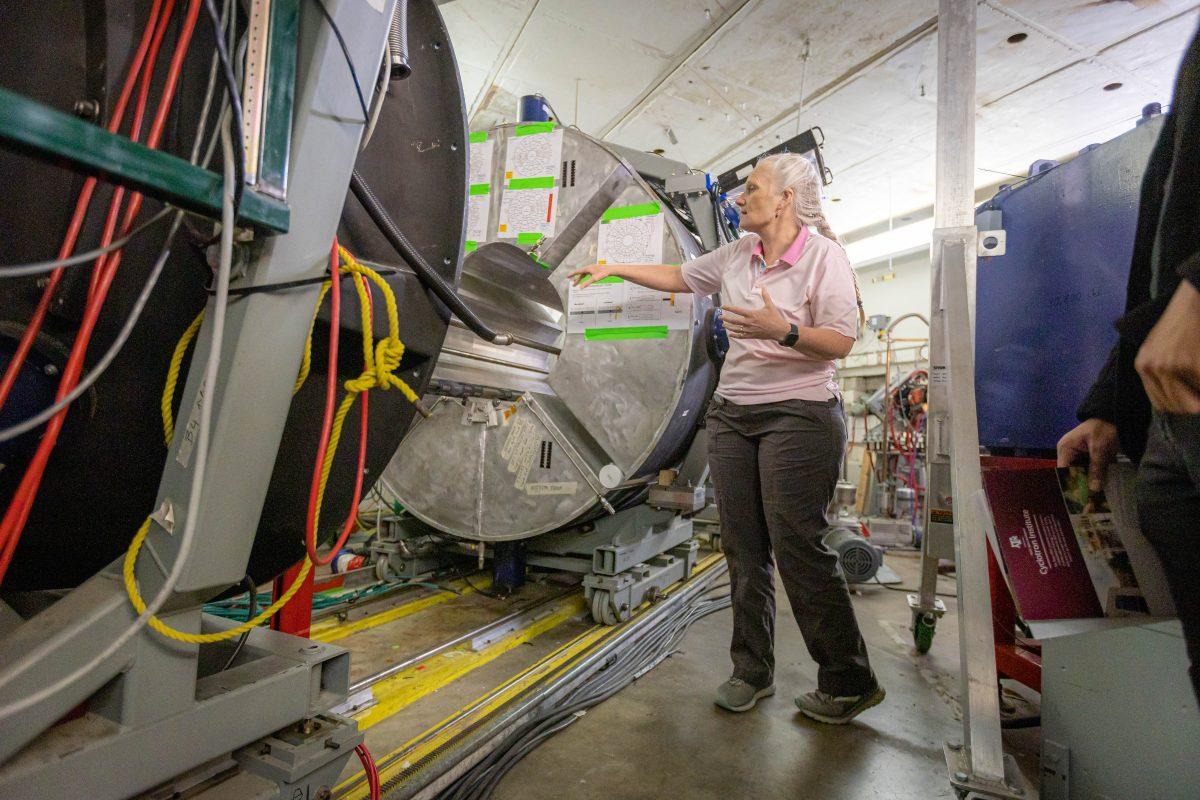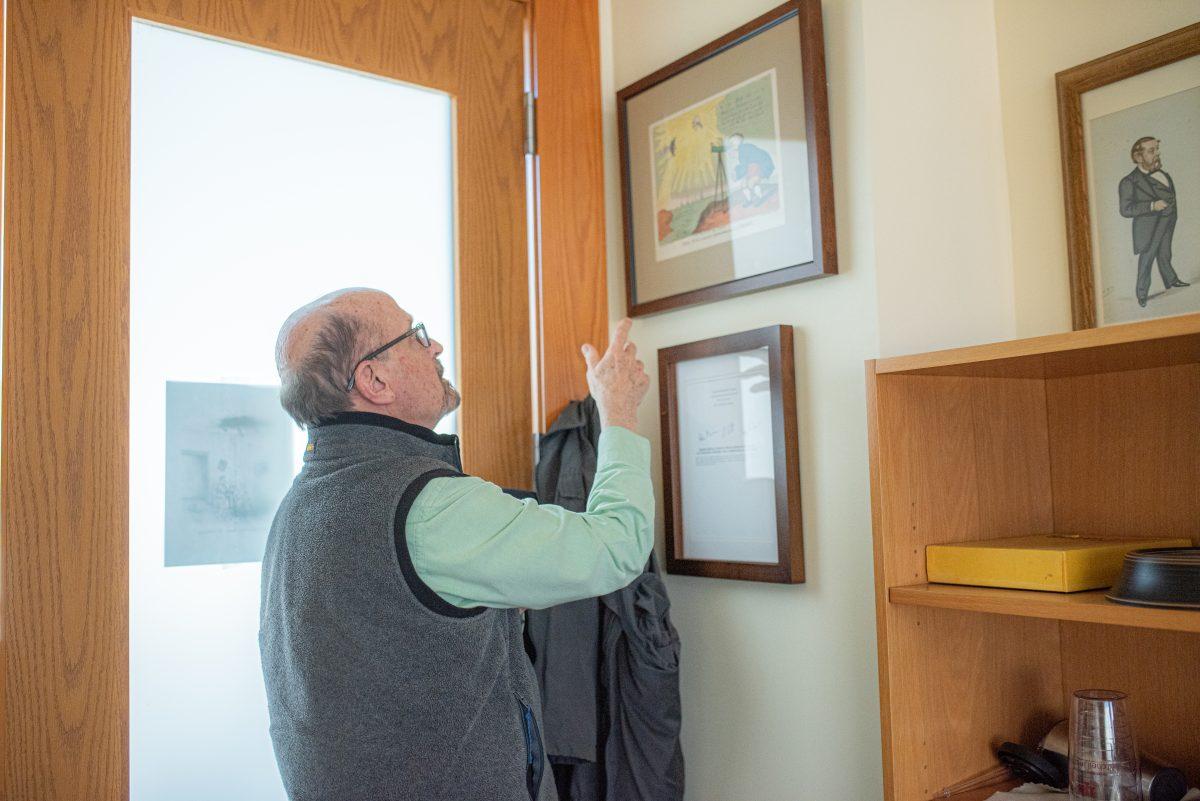Texas A&M University’s AgriLife research group is looking to fight climate change by putting atmospheric carbon into the ground.
Julie Howe, Ph.D., professor of soil sciences, and Nithya Rajan, Ph.D., associate professor of crop physiology and agroecology, are leading a new $65 million United States Department of Agriculture-funded research project to develop “climate-smart” agriculture practices. The group, which includes over 30 members of the AgriLife faculty, will investigate ways to both develop more climate-smart agricultural practices and incentivize producers to put those practices into action.
Howe said climate change, the long-term shifts in temperatures and weather patterns caused in large part by gases such as carbon dioxide, methane and nitrous oxide blocking heat from escaping into space, has become a more pressing issue than ever. Historically high temperatures in Texas this summer have caused a variety of problems for not just agricultural producers, but consumers all over the state.
“This is a great year to start thinking about climate change because we just had three months of unprecedented heat?” Howe said. “Going forward, there will be more droughts and less reliability of food and fiber.”
With climate change threatening to prevent food from reliably making its way to Texans’ tables, Howe said she and her team are looking into ways working lands can not only limit their carbon footprint but help reduce the amount of carbon in the atmosphere. Howe said her main area of interest is investigating the ability of crops and soil to work together to absorb carbon dioxide, keeping it from trapping heat as it floats in the atmosphere.
while also storing it in the soil, which increases the fertility of the soil. However, the grant will include crop, animal and forest commodities.
“[Plants’] primary food is carbon dioxide from the atmosphere,” Howe said. “Let’s think about plants: They photosynthesize, they take in carbon dioxide and then they turn it into sugars and starches and all kinds of stuff. That carbon goes into the plant and when the plant dies, it leaves that carbon in the soil. I think soil is a really underappreciated resource. Carbon is an amazing element, because in the soil, it actually improves water dynamics and water holding capacity. It holds nutrients, and it recycles nutrients.”
Howe said trapping carbon in soil is not only good for the environment offers advantages to agricultural production, producers are often reluctant to grow crops with the intent of carbonizing their soil due to the startup investment.
“Usually those benefits take a couple of years to get going,” Howe said. “A lot of producers don’t want to adopt it because it takes so long for them to see those benefits.They don’t want to pay for the practices while it’s not benefiting them financially.”
In order to motivate producers to adopt climate-friendly practices, Howe said the AgriLife team is looking into how different economic incentives and marketing strategies might make those practices more appealing. Two proposals, Howe said, was to evaluate carbon markets in Texas, where corporations compensate farmers for putting carbon in the ground.
“Let’s say, you know, a Silicon Valley tech company, if they want to reduce their climate footprint, they can buy carbon that somebody else stored to offset whatever emissions they have,” Howe said. “It’s kind of like, ‘I don’t want to emit any CO2 into the atmosphere, but I know that my business is going to do it, so if you can store some, I’ll buy what you’ve stored to cancel out what I’ve emitted.’”
In order to facilitate a carbon market, Rajan said, we need to accurately account soil carbon storage and reductions in greenhouse gas emissions. Rajan’s research focuses on using the latest sensor techniques to reliably measure greenhouse gas emissions from large agricultural fields.
“When we work with producers who implement climate-smart practices, we need to know if it is working. So we’re going to select a few farmers’ fields in Texas to make greenhouse gas emission measurements continuously,” Rajan said. “Currently, such measurements are rarely made due to the high cost of instrumentation. Through the Texas Climate-Smart Initiative, we will have a unique opportunity to collect one-of-a-kind data to verify emission reductions due to climate-friendly agricultural practices.”
Cliff Lamb, Ph.D., director for A&M AgriLife research, said a key element of the project is the extensive collaborations with institutions across the state.
“We have partners in AgriLife Extension, the Texas Forest Service, Prairie View A&M, Tarleton State and U[niversity of] T[exas] Rio Grande Valley,” Lamb said. “There’s a tremendous amount of nationally and internationally recognized experts in this space. I think that what made this grant so appealing to the USDA is the fact that we were willing to partner with so many different entities to be able to get this done right.”
Jeffrey Savell, Ph.D., vice chancellor and dean for agriculture and life sciences, said he believes that AgriLife scientists, working with the institutions that they have partnered with, can deliver improvements in both the efficiency and environmental impact of agriculture for the entire state of Texas.
“This isn’t just research that just lives in the university,” Savell said. “It’s partnering with the entire agricultural and forestry sector of Texas to create meaningful solutions for people across the state.”



